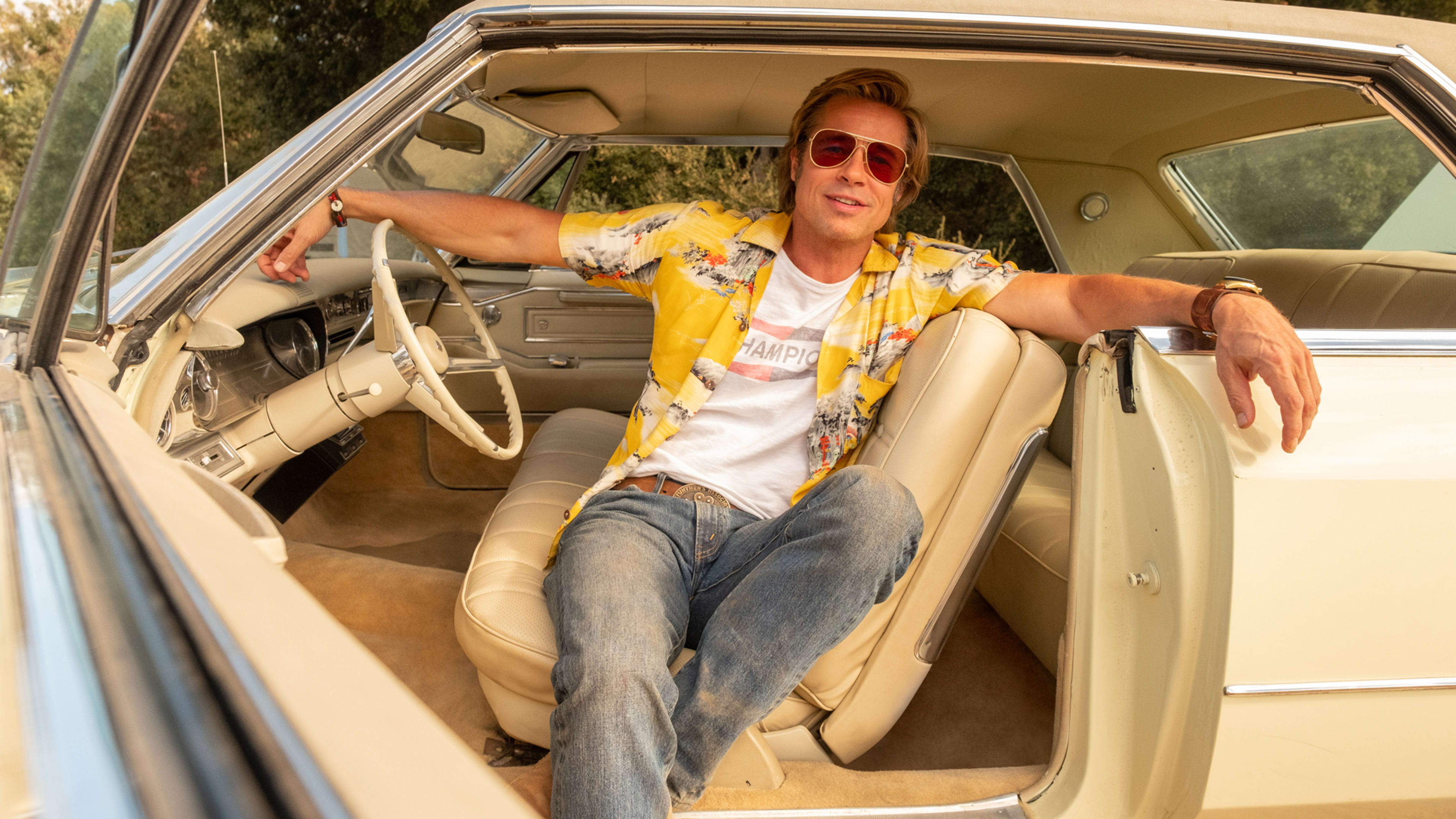Much of the hype around Quentin Tarantino’s Once Upon A Time In Hollywood has been around the director’s ability to accurately build a specific time and place, in this case 1969 Los Angeles.
A huge part of that was how Tarantino deftly used radio as a device to transport us, specifically with one of the most popular L.A. radio stations of the time: KHJ, or Boss Radio.
But it wasn’t just the old-school DJs, with hits and b-sides by bands like Deep Purple, Paul Revere & the Raiders, or The Mamas and the Papas. Part of what puts the viewer so specifically in that time and place are the ads.
Long before satellite radio, Spotify, iTunes, or any other kind of advertising-free music, the only way for people to listen to the tunes they liked was alongside ad jingles. In an unskippable universe, the repetition of certain ads would sear the most catchy among them onto your brain, as anyone over 40 can tell you about TV or radio of their childhood (“By Mennen,” anyone?).
Part of what made the Reservoir Dogs soundtrack such a standout (aside from the Stealers Wheel renaissance) was the use of Stephen Wright as the DJ, a de facto tour guide through the movie’s music. Here, the advertising plays a similarly crucial part, with six spots on the actual soundtrack, to root us in the feeling of driving around with Rick Dalton (Leonardo DiCaprio) and Cliff Booth (Brad Pitt), jingles and all. In a Spotify podcast, Tarantino says they tracked down 17 hours of tapes of original KHJ broadcasts from 1968 and 1969, which he eventually whittled down to a three-hour Best Of mixtape, and that became the sound bible for the film.
“When you turn on KHJ, you were trapped in this KHJ world,” Tarantino said. “Not to say it didn’t have boring bank commercials or boring Sears & Roebuck, Montgomery Ward, or Maytag commercials, that crap was on there, too. But, when they would do a jingle, the idea was to make it sound like the music that was on KHJ. There’s a couple I didn’t even put on here that are amazing, like Etta James singing about iced tea. It’s a rocker, it’s fantastic.”
In radio at the time, DJs were the stars, and part of that KHJ world was hearing them do live reads of advertising copy, where brands had a better chance of keeping listeners’ attention. Sound familiar, podcast fans? They also had their own version of branded content, crafting ads and jingles that sounded incredibly close to the songs they’d be playing. Heaven Sent perfume used an original jingle called “Suddenly” that Tarantino calls one of the best song cues in the movie. “That’s the one in particular that holds up like a song,” Tarantino says on the podcast. “You listen to it a couple times, you get the words, then you’re singing along to it. Literally, I think it’s one of most effective song uses in the movie.”
Spray it on, and heavenly things happen, indeed.
One of the best spots on the soundtrack and in the film is a DJ reading copy for a product that just screams 1960s LA: Tanya Tanning Butter.
The copy reads:
“I only want you to listen to this commercial if you’re under 25. It’s about new Tanya Tanning Butter, the suntan product with no sunscreen added, and you know what that means, it means the only ingredients between you and the sun are natural coconut oil and cocoa butter, Hawaii’s favorites. That, and a little lava smoke thrown in there. Tanya Tanning Butter is guaranteed to give you really deep Hawaiian tan faster than you ever thought possible. So fast, in fact, that you might even burn a little bit, but we’ve all done that, not enough to hurt though. If you want the deepest, fastest Hawaiian tan on the beach, you better pick up on some Tanya Tanning Butter. Prices start at a low 85 cents. That’s a low price to pay, let’s face it.”
Tarantino saw it as a perfect mix of the DJ copy read, combined with the jingle. He said that Tanya was a huge KHJ advertiser, because on all his hours of tapes, he heard every DJ doing their own version of the same Tanya ad. “They all joked around with it, monkeyed around with it, made fun of it a little bit, and then they’d play the grooving Tanya song, which is terrific, and a great vocal by that gal, and I loved it.”
The film is chock-full of old movie posters, even a trailer for an inexplicably real biker flick starring NFL quarterback Joe Namath and Ann Margaret called C.C. and Company (really).
Be sure to stay for the credits, where there’s a version of the now-familiar (and exhausting) Marvel ploy, the post-credits sequence. This time, it’s a Rick Dalton ad for Red Apple Cigarettes, a familiar name to any fan of the Tarantino Cinematic Universe. “Better drag, more flavor, less throat burn.”
For all the ways we seek to avoid advertising today, it’s easy to forget that, despite any disdain for them, for much of the 20th century, ads can be as much a marker of time and culture as any film or pop song. If there’s ever a film to be set in 2014, you can be sure its historical accuracy would only be boosted by a little “Mailkimp.”
Recognize your brand’s excellence by applying to this year’s Brands That Matter Awards before the early-rate deadline, May 3.
